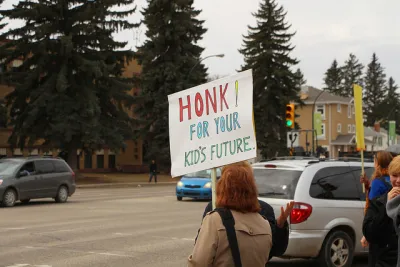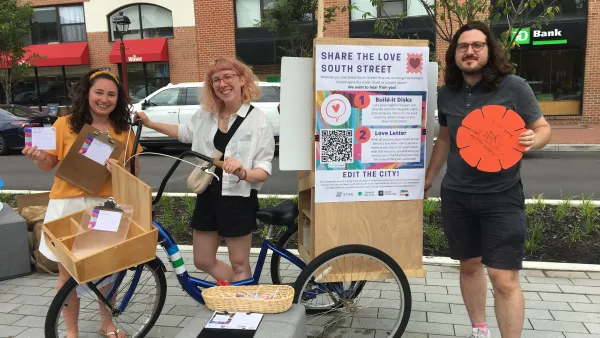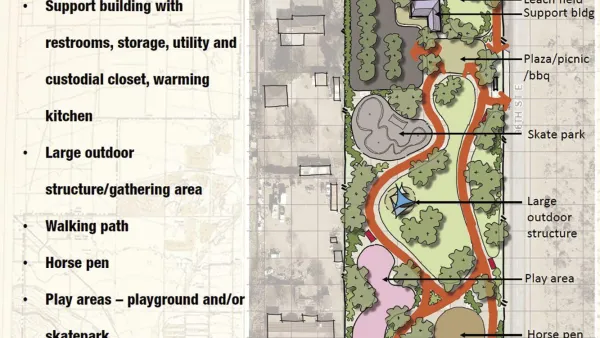Forces are aligning to increase polarization and tension in public dialog, and planners are increasingly caught in the middle. A recent workshop with 100 engagement experts resulted in a free eBook to help planners detox their public involvement.

The Changing Public Engagement Landscape
- The biasing and organizational impacts of social media,
- The growing divide between income groups,
- The polarizing political tensions, and
- The dehumanization of the opposition.
While all these trends can play a significant role (and there are undoubtedly others), perhaps the most dramatic has been the influence of social media on public opinion and the mobilization of opposition. We have reached a point where even the CEO’s of social media firms are admitting responsibility. Most recently Mark Zuckerberg, CEO of Facebook, announced measures to address his firm’s role in poisoning democracy.
Imagine if ten years ago you were told that by 2018 the majority of news and information people see would be curated specifically for them based on their current views and interests. Moreover, conflicting information would be made more difficult to find. This process of curation—which describes your Facebook news feed, your customized search engine results, and other social media streams—is driven in part by a desire to keep your attention and thus, in crude terms, expose you to more advertising. It’s well-known that people tend to navigate away more frequently if exposed to conflicting information. The result of this curation is a dramatic increase in polarization as people become increasingly convinced about their views.
The polarizing effect of this curation is only one part of social media’s influence on public discourse. Social media has also provided the public with easy access to tools to mobilize like-minded people to influence almost any cause or project.
Key Success Factors for Public Participation
Aware of increasing tensions, I organized a workshop at the International Association for Public Participation Annual Conference in the fall of 2017 to tap into the wealth of experience in the association’s membership.
The workshop drew together 100 of most skilled and talented public engagement practitioners in a working session. Together, we compiled a set of key success factors and strategies that planners and public engagement teams can use to detoxify public engagement.

Hopefully you will find these insights valuable and will join the growing list of practitioners contributing to the dialog about how to improve community engagement. Download a free copy of the eBook, Facing Contention: 21 Tips to Detox Public Engagement.

Analysis: Cybertruck Fatality Rate Far Exceeds That of Ford Pinto
The Tesla Cybertruck was recalled seven times last year.

National Parks Layoffs Will Cause Communities to Lose Billions
Thousands of essential park workers were laid off this week, just before the busy spring break season.

Retro-silient?: America’s First “Eco-burb,” The Woodlands Turns 50
A master-planned community north of Houston offers lessons on green infrastructure and resilient design, but falls short of its founder’s lofty affordability and walkability goals.

Test News Post 1
This is a summary

Analysis: Cybertruck Fatality Rate Far Exceeds That of Ford Pinto
The Tesla Cybertruck was recalled seven times last year.

Test News Headline 46
Test for the image on the front page.
Urban Design for Planners 1: Software Tools
This six-course series explores essential urban design concepts using open source software and equips planners with the tools they need to participate fully in the urban design process.
Planning for Universal Design
Learn the tools for implementing Universal Design in planning regulations.
EMC Planning Group, Inc.
Planetizen
Planetizen
Mpact (formerly Rail~Volution)
Great Falls Development Authority, Inc.
HUDs Office of Policy Development and Research
NYU Wagner Graduate School of Public Service






























